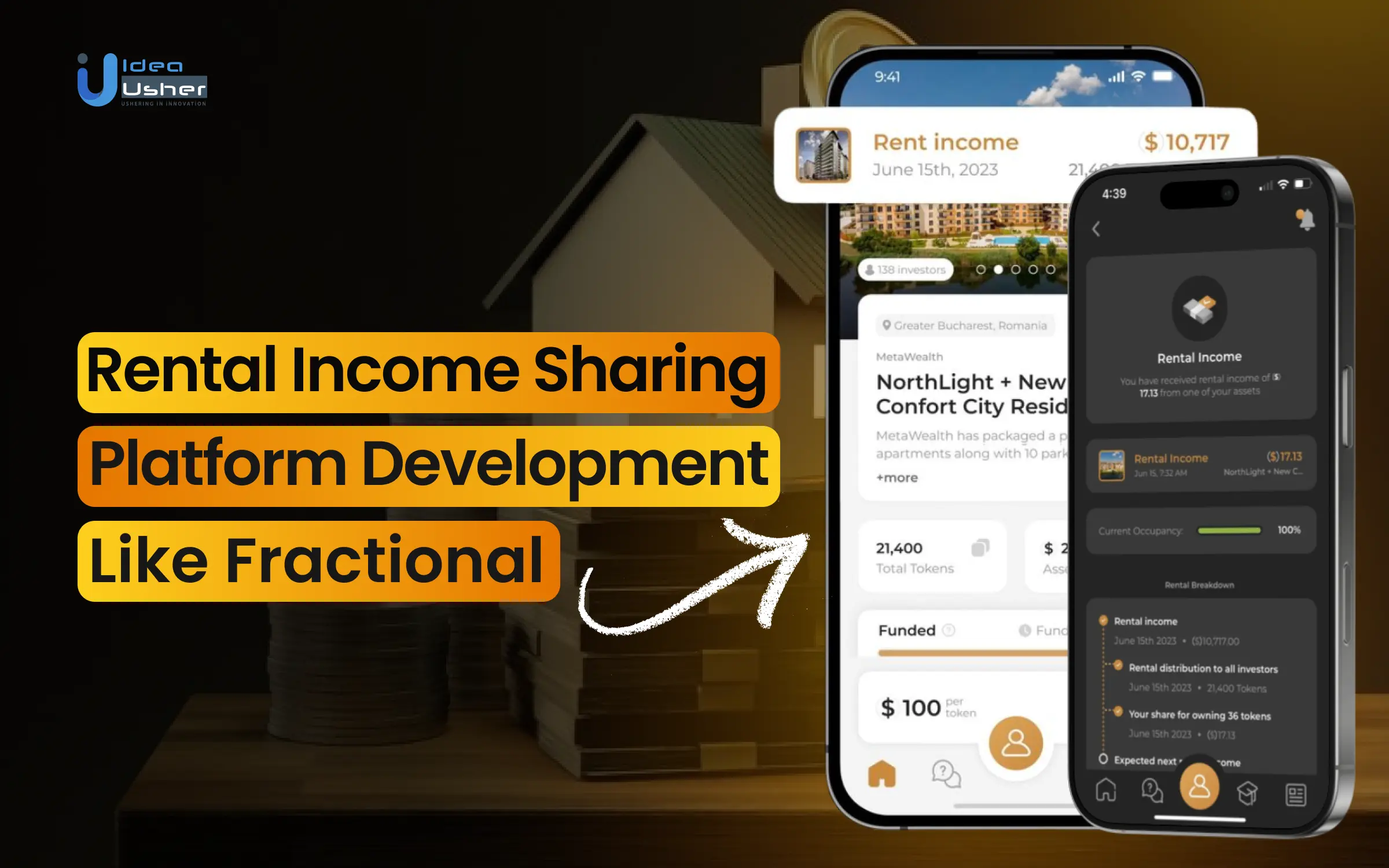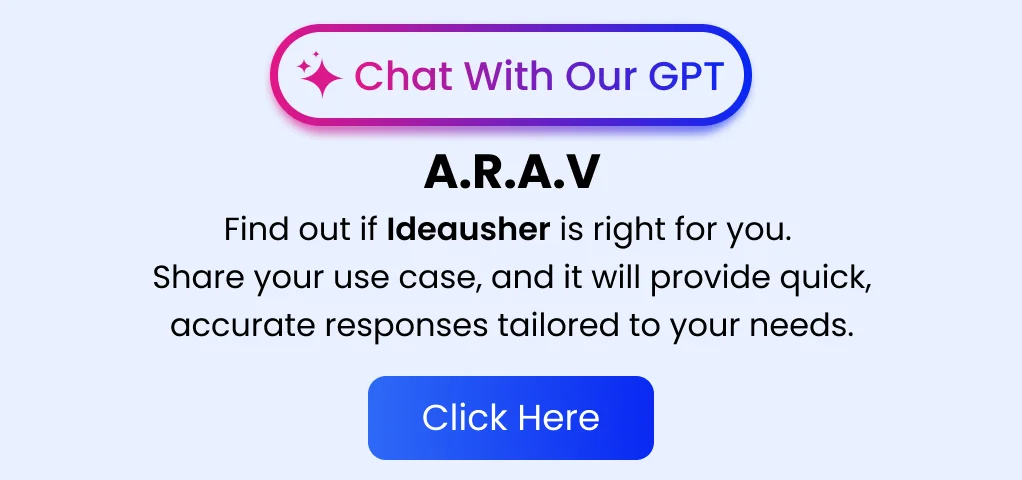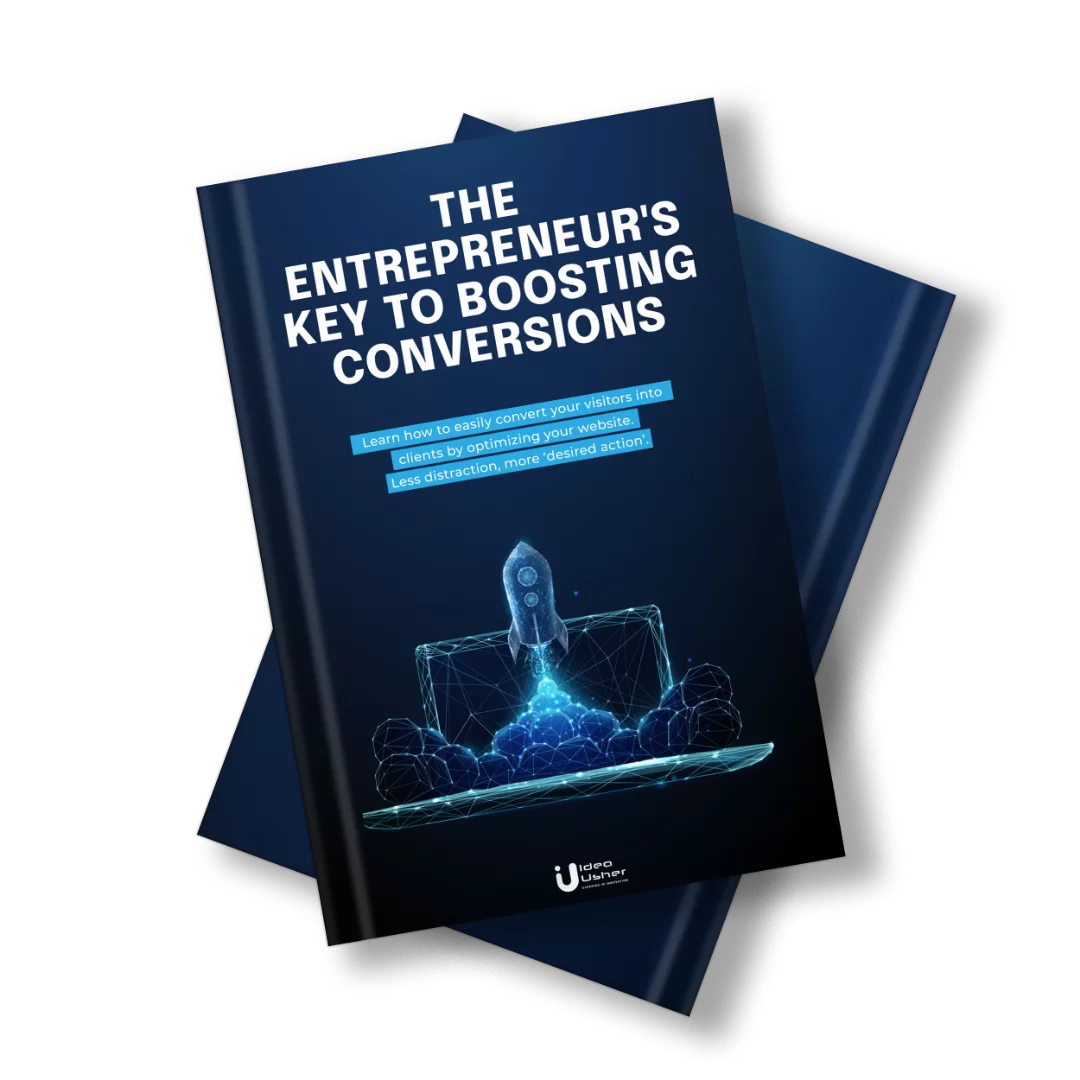Rental income-sharing platforms have emerged as a revolutionary way for individuals to invest in real estate without the need for large upfront capital. These platforms enable users to pool resources and collectively invest in rental properties, allowing them to earn passive income from rental returns. With rising property prices and the high barrier to entry in real estate investments, rental income-sharing platforms have democratized access to lucrative rental markets. By leveraging technology, these platforms ensure that property management, legal requirements, and income distribution are streamlined and transparent, making real estate investments more accessible to a global audience.
The success of fractional platforms lies in their ability to cater to the growing demand for more affordable investment opportunities in real estate while providing a sense of ownership and the benefits of passive income. This blog aims to explore the development of a rental income-sharing platform similar to Fractional, delving into the necessary features, technology stack, development process, and challenges. Whether you are a developer or an entrepreneur, this guide will offer insights into creating a platform that fosters financial inclusion and enables users to share rental income seamlessly.
Key Market Takeaways of Rental Income-Sharing Platforms
According to the latest market research by Customer Market Insights, the global real estate crowdfunding investment market is expected to grow at a CAGR of 46.5% between 2024 and 2033. The market size is projected to increase from USD 17.8 billion in 2024 to USD 569.2 billion by 2033.
Source: CustomerMarketInsights
The residential segment holds a dominant position in the market, with its growth driven by favorable market conditions, rising investor interest, and technological advancements. Meanwhile, the commercial segment is experiencing rapid expansion due to increasing urbanization and the development of new commercial spaces worldwide.
North America leads the real estate crowdfunding investment market, driven by a stable economy, a strong investment culture, and a well-established legal framework. Additionally, increased investment in advanced technologies and supportive regulations further fuel the region’s market growth.
Work with Ex-MAANG developers to build next-gen apps schedule your consultation now
What is Rental Income Sharing?
Rental income sharing is a model that allows multiple individuals to invest in real estate properties collectively. By pooling their resources, investors can own a fraction of a property and earn rental income based on their investment share. This model opens up opportunities for people who may not have the capital to purchase properties on their own, enabling them to benefit from passive income and property appreciation without the need for full ownership.
How Rental Income Sharing Platform Fractional Works
- Property Listing and Selection: Users can browse and select properties listed on the platform for potential investment. Each property is typically vetted, ensuring it meets specific criteria for return on investment and rental income potential.
- Fractional Ownership: The platform divides ownership of a property into shares, which users can purchase based on their budget. Investors own a proportional stake, and rental income is distributed based on the share they own.
- Income Distribution: Rental income from the property is collected and then distributed to investors regularly, based on their ownership percentage. This creates a consistent stream of passive income for investors.
- Property Management: The platform handles property management, including tenant sourcing, maintenance, and rent collection. This removes the burden of day-to-day management from investors, ensuring a hassle-free experience.
- Legal Framework and Compliance: Fractional ensures all legal processes, including property agreements and tax filings, are handled according to local regulations. This protects both the platform and investors from legal disputes and ensures smooth operations.
Why Is Developing A Rental Income Sharing Platform Like Fractional A Strong Investment?
Developing a rental income-sharing platform like Fractional is a strong investment opportunity due to the expanding real estate market and the growing demand for accessible investment options. The global real estate market, valued at $3.69 trillion in 2021, is expected to grow at a CAGR of 5.2% through 2030. Fractional ownership platforms lower the entry barrier for real estate investments, enabling individuals to invest with minimal capital while diversifying their portfolios. This inclusivity attracts a broader investor base, making such platforms highly scalable and lucrative.
Platforms often deliver annual yields of around 10%, appealing to a wide range of investors. Technological advancements, particularly the integration of blockchain, enhance transparency and security in property transactions, boosting investor trust. With the fractional ownership market projected to grow at a CAGR of 6.7% and reach $3.1 billion by 2028, this sector represents a promising avenue for entrepreneurs and developers.
As fractional ownership continues to gain popularity, platforms like Fractional are positioned to capitalize on shifting investor preferences. Offering diversified investments across various property types and locations reduces investors’ risk and increases platform appeal. By leveraging these trends and technological advancements, developers can create highly competitive platforms that address market needs while driving sustainable growth and profitability.
How Does Fractional Generate Revenue?
Fractional generates revenue by offering innovative solutions for fractional property ownership and investment management. Its business model capitalizes on transaction fees, subscription services, and other income streams related to real estate investments.
1. Transaction Fees
Every time an investor purchases a fractional share in a property, Fractional charges a transaction fee. This fee is typically a percentage of the total investment amount. It helps cover the platform’s operational costs associated with facilitating the investment process, such as property vetting, legal documentation, and financial services.
2. Management Fees
Fractional charges ongoing management fees for property maintenance, tenant management, and ensuring the property complies with local regulations. This fee is typically a percentage of the rental income generated by the property and is deducted before the income is distributed to investors. It ensures the platform continues to handle the property’s day-to-day operations.
3. Platform Service Fees
The platform service fees for services such as selling fractional shares on the secondary market or other specialized services like property appraisal and valuation also helps Fractional. This helps generate additional revenue while offering enhanced services to investors who want to manage or exit their investments actively.
4. Asset Appreciation and Exit Fees
When a property appreciates, and an investor decides to sell their fractional shares, Fractional might charge an exit fee or a commission on the sale. This is another way the platform generates revenue while providing liquidity to investors.
Steps To Develop A Rental Income-Sharing Platform Like Fractional
Developing a rental income-sharing platform like Fractional involves careful planning, advanced technology, and strict compliance with regulations. A well-structured approach ensures seamless property management, secure transactions, and an excellent user experience.
Step 1: Conduct Market Research and Define Target Audience
Before diving into development, it’s essential to understand the market dynamics, competition, and user needs. Conduct thorough research to identify potential gaps and opportunities in the rental income-sharing space. Understanding the target audience, whether small-scale investors, tech-savvy millennials, or experienced real estate professionals, helps tailor features and marketing strategies. This step will also involve identifying regulatory challenges, property types in demand, and market potential in various geographic locations.
Step 2: Design the UX and UI
The success of a platform like Fractional heavily relies on its UI and UX. Design a seamless, intuitive platform that allows users to easily browse properties, view investment opportunities, and track their income. The user journey should be simple and user-friendly, from sign-up to investing and receiving rental income. Focus on creating a mobile-responsive design to cater to a wide range of users and ensure accessibility across devices. Engaging and easy-to-navigate interfaces are critical for user retention.
Step 3: Select the Right Tech Stack
Choosing the right technology stack is fundamental to building a scalable and secure rental income-sharing platform. For backend development, consider technologies such as Node.js, Python, or Ruby on Rails for efficient data management. For the front end, popular frameworks like React or Vue.js can help create a dynamic user interface. Incorporating blockchain technology can improve transparency and security, particularly for property transactions, fractional ownership verification, and income distribution. Additionally, payment gateways like Stripe or PayPal can be integrated to facilitate smooth financial transactions.
Step 4: Build a Secure and Scalable Property Management System
Effective property management is a key component of rental income-sharing platforms. Develop an automated property management system to handle essential tasks. These tasks include rent collection, tenant management, property maintenance, and compliance with local laws. The system should also support real-time tracking of property performance. It must provide up-to-date information on income generation, enabling investors to see clear insights. It should be scalable to accommodate an expanding number of properties and investors.
Step 5: Integrate Legal and Compliance Framework
Since real estate investments are subject to various laws and regulations, integrating legal and compliance features is crucial. Ensure that the platform is designed to automatically generate legal documents for fractional ownership, investment agreements, and income distribution. Work with legal experts to ensure that your platform adheres to regional laws regarding real estate transactions, securities regulations, and tax compliance. This helps build trust and credibility among investors and avoids costly legal challenges down the line.
Step 6: Implement Automated Income Distribution System
A core feature of rental income-sharing platforms like Fractional is the automated distribution of rental income to investors. Build a system that automatically calculates the rental income generated by the property and distributes it to each investor based on their fractional ownership. This system should be designed for accuracy and transparency, ensuring that all income is properly allocated and promptly delivered. Additionally, it should support different payment methods, including bank transfers, digital wallets, or cryptocurrencies, depending on your platform’s goals.
Step 7: Establish a Secondary Market for Share Trading
To enhance liquidity for investors, integrate a secondary market feature. This feature allows users to buy and sell their fractional shares in properties. This addition adds flexibility for investors. It enables them to exit or adjust their portfolios easily. It also provides an added layer of trust and confidence for hesitant investors. These investors may be unsure about committing long-term to a single property. Ensure the trading process is straightforward. Include clear pricing, robust security protocols, and a user-friendly interface for buying and selling shares.
Step 8: Launch and Continuously Improve with User Feedback
Once the platform is built, conduct thorough testing to ensure that all features work as expected and address any bugs or issues. After launch, continuously monitor the platform’s performance and gather feedback from users to improve its functionality and design. Engage with users regularly, track their behaviors, and implement updates based on feedback to enhance user satisfaction and keep the platform competitive. Regular updates, feature enhancements, and exceptional customer support will keep your platform ahead of the competition and improve retention.
Cost Of Developing A Rental Income-Sharing Platform Like Fractional
| Category | Subcategory | Cost Range |
| 1. Research and Planning | Market Research, Feasibility Study, Legal and Regulatory Research | $1,000 – $20,000 |
| 2. Front-end Development | UI/UX Design, Web Development, Mobile App Development | $1,000 – $40,000 |
| 3. Back-end Development | Core Platform Logic, Property Data Management, Investment Tracking and Management, Payment Gateway Integration, Legal and Compliance Modules, API Development | $2,500 – $60,000 |
| 4. App Features | Property Listings and Search, Investment Management Dashboard, Secure Investment Transactions, Document Management, Communication and Messaging, Reporting and Analytics | $5,000 – $30,000 |
| 5. Testing and Quality Assurance | Functional Testing, Security Testing, Performance Testing, User Acceptance Testing | $1,000 – $30,000 |
| 6. UI/UX Improvements | Usability Testing, UI Enhancements | $500 – $15,000 |
| 7. Project Management and Infrastructure | Project Management, Infrastructure Setup | $1,000 – $30,000 |
| Total Estimated Cost | $10,000 – $100,000 |
Factors Affecting The Cost Of Developing A Rental Income-Sharing Platform Like Fractional
- Complexity of Features: The number and intricacy of features such as property listings, investment management, and payment integrations will directly influence development costs.
- Regulatory Compliance: Adhering to real estate laws, securities regulations, and financial industry standards can increase costs for legal research, compliance features, and testing.
- Data Integrations: The need to integrate with third-party services, such as property data providers, payment processors, and financial institutions, adds complexity and expense.
- Security Requirements: Implementing high levels of security to protect sensitive user data and financial transactions necessitates advanced technologies, which can raise costs.
Conclusion
The future of rental income sharing is bright. It is driven by the growing demand for accessible investment opportunities and passive income streams. As technology continues to advance, rental income-sharing platforms will become even more efficient. Improvements in transparency, security, and ease of use will play a significant role. The integration of blockchain, AI, and automation will further enhance these platforms. This will make them more attractive to a broader range of investors. As regulatory frameworks around fractional ownership and rental income sharing solidify, the space will become even more dynamic. This will pave the way for creative solutions that can cater to niche markets and global audiences. Those who can leverage technology and address investor needs will thrive. They will be poised to lead in this rapidly growing sector.
Looking To Develop A Rental Income Sharing Platform Like Fractional?
At Idea Usher, we specialize in developing innovative and scalable rental income-sharing platforms like Fractional that are designed to help you tap into the growing real estate investment market. With over 500,000 hours of coding experience in app development, our team is equipped with the expertise to deliver a seamless, secure, and user-friendly platform that meets both your vision and your users’ needs. From property listing management to fractional ownership and income distribution, we handle every aspect of the platform, ensuring it is built with the latest technology and best practices. Let us help you turn your idea into a reality, providing a reliable solution that empowers users to invest in rental properties and earn passive income effortlessly.
Work with Ex-MAANG developers to build next-gen apps schedule your consultation now
FAQs
How does fractional ownership work in rental income-sharing platforms?
In fractional ownership, the platform divides a property into smaller, affordable shares that investors can purchase. Each investor owns a fraction of the property and receives rental income based on their percentage of ownership.
How do investors receive rental income?
The platform collects rental income and distributes it regularly to investors according to their ownership share. Payments are processed through secure payment gateways, ensuring timely and accurate transactions.
What technology stack is needed to develop a rental income-sharing platform?
The technology stack typically includes a frontend framework (like React or Angular), a backend (Node.js, Ruby on Rails, or Django), a secure payment system (like Stripe or PayPal), blockchain for transparency, and cloud hosting solutions for scalability. Smart contracts may also be used for automated transactions and ensuring trust.
What are the legal and regulatory challenges involved?
Building a rental income-sharing platform requires compliance with local real estate, tax, and financial regulations. It’s essential to consult legal experts to ensure that fractional ownership models and income distribution align with the laws in various jurisdictions.























